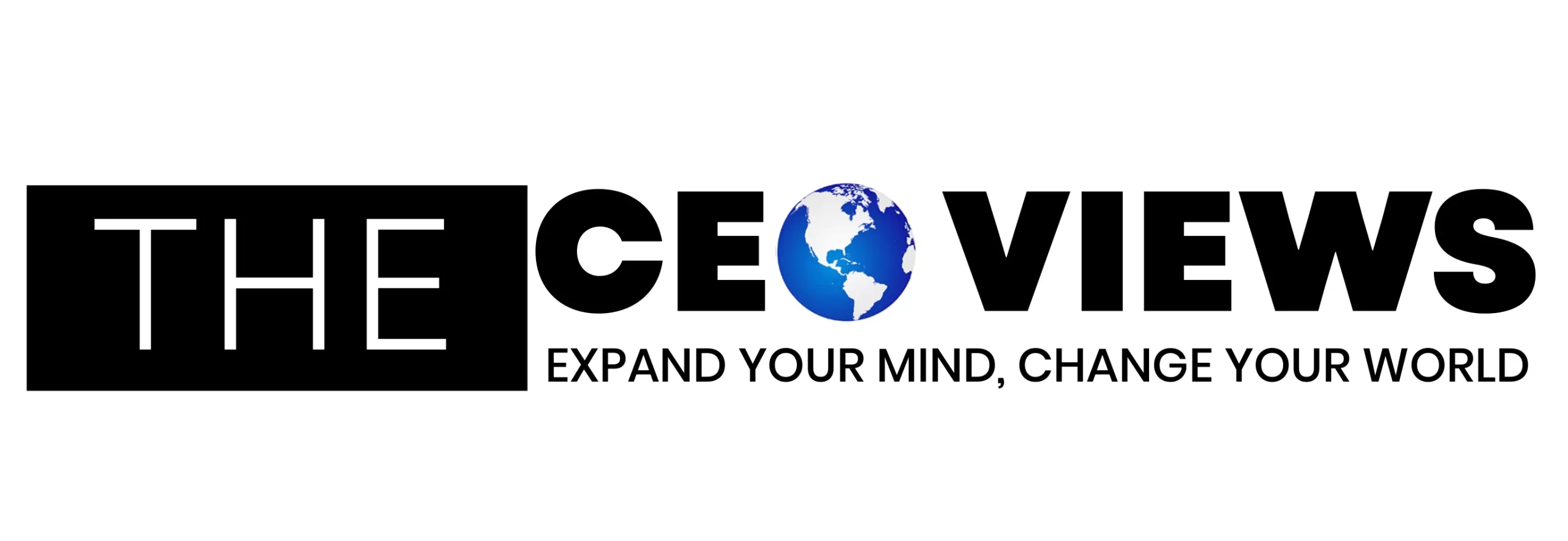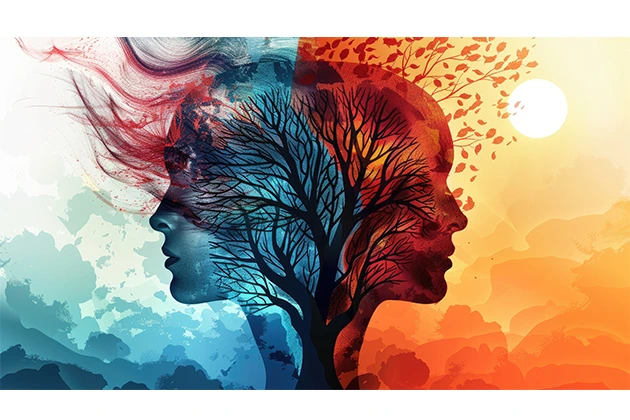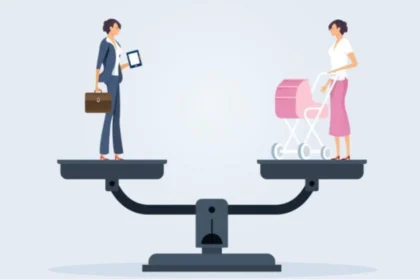Dual diagnosis or co-occurring disorders is the condition where an individual experiences both substance use (alcohol or prohibited drugs) and a mental health disorder. This creates a complex and challenging situation for both the person affected and the professionals working to help them. Understanding the symptoms of dual diagnosis and knowing the available treatment options are critical for effectively managing these intertwined issues.
People who have dual diagnoses often face a combination of emotional, psychological, and physical challenges that can significantly affect their quality of life. It’s not uncommon for someone with a mental health disorder to begin using substances as a way to cope with the emotional pain or symptoms of their illness. Conversely, substance use can contribute to or exacerbate mental health conditions. This vicious cycle can make it even more difficult to break free from both disorders. In this article, we will explore the common symptoms of dual diagnosis and outline treatment options to help manage both conditions.
Key Takeaways
- Dual diagnosis involves co-occurring mental health and substance use disorders, requiring a comprehensive treatment approach.
- Common symptoms include mood swings, self-medicating behaviors, social withdrawal, sleep disturbances, and risky behavior.
- Therapeutic options like CBT, DBT, and motivational interviewing can help individuals manage symptoms and build healthier coping mechanisms.
- Holistic therapies and structured support systems, including family involvement and peer groups, are vital for long-term recovery.
Whether you’re seeking help for yourself or a loved one, it’s important to remember that help is available, and recovery is possible.
10 Common Symptoms of Dual Diagnosis
Recognizing dual diagnosis can be challenging because symptoms from both the mental health disorder and the substance use disorder can overlap. However, there are several signs that may indicate the presence of dual diagnosis. Here are ten common symptoms to watch for:
1. Mood Swings and Emotional Instability
People with dual diagnosis may experience rapid mood changes, such as feeling euphoric one moment and depressed or anxious the next. These mood swings are due to the mental health disorder, substance use, or both. For example, someone struggling with bipolar disorder and substance abuse might have extreme highs during manic episodes, potentially amplified by stimulants or other substances. Conversely, during depressive episodes, the individual might turn to depressants or alcohol, further deepening their emotional instability. This volatile cycle highlights the importance of comprehensive care like residential dual diagnosis treatment to manage both conditions effectively and provide long-term emotional stability.
2. Inability to Function in Daily Life
Difficulty in carrying out daily responsibilities, such as going to work, maintaining relationships, or taking care of personal hygiene, can be a significant indicator of dual diagnosis. When emotional distress combines with substance use, it often creates a disruptive cycle that makes functioning normally a challenge. Seeking treatment can provide the structured support and professional care needed to address both mental health issues and substance use disorders, helping individuals regain stability and improve their quality of life.
3. Increased Isolation or Withdrawal
Social withdrawal is a common symptom of both mental health disorders and substance abuse. Individuals isolate themselves from family and friends, avoiding interaction and refusing to seek help, which can worsen both conditions. For example, someone struggling with depression may begin avoiding social events and stop answering calls or messages from loved ones. If they are also using substances to cope, the isolation can deepen, as the shame or stigma surrounding substance use further discourages them from seeking support. This cycle of withdrawal and substance use creates barriers to recovery and often exacerbates feelings of loneliness and helplessness.
4. Sleep Disturbances
Trouble sleeping or excessive sleeping is a common symptom of both mental health conditions (such as depression or anxiety) and substance use (especially with drugs like alcohol or stimulants). Insomnia or oversleeping can significantly impact mental well-being. For example, someone with anxiety may struggle to fall asleep due to racing thoughts, while a person using stimulants might experience prolonged insomnia, leaving them exhausted and emotionally unstable. Over time, these sleep disruptions can impair judgment, intensify mental health symptoms, and drive further substance use to regulate sleep patterns.
5. Self-Medicating Behaviors
People with dual diagnosis usually turn to drugs or alcohol to handle the symptoms of their mental health issues. This can include using substances to numb emotional pain, alleviate anxiety, or improve mood temporarily. For instance, an individual experiencing chronic anxiety might rely on alcohol to feel calm in social situations. While this may provide short-term relief, it increases the risk of dependency and worsens the underlying anxiety, creating a harmful cycle that is difficult to break.
6. Hallucinations or Paranoia
Individuals with dual diagnosis may experience hallucinations, delusions, or paranoia due to their mental health condition, which may be amplified by drug use. These symptoms can be distressing and can worsen over time. For example, someone with schizophrenia might have auditory hallucinations that become more intense after using methamphetamine. This combination of mental health symptoms and substance use can lead to heightened confusion, fear, or even dangerous behavior.
7. Unpredictable or Risky Behavior
Substance use leads to impulsive and risky behaviors, including reckless driving, unsafe sexual practices, or engaging in dangerous situations. This behavior may be exacerbated by underlying mental health issues, leading to further complications. For example, a person with bipolar disorder might engage in high-risk activities during a manic episode, such as excessive spending or unsafe drug use, which can jeopardize their safety and finances and compound their mental health struggles.
8. Depressed or Anxious Thoughts
Many people with dual diagnosis experience frequent feelings of sadness, hopelessness, or anxiety. The distress caused by these emotions may prompt individuals to use substances as a way to cope, creating a negative feedback loop. For instance, someone dealing with depression might turn to cannabis for temporary relief from their sadness, only to find that the withdrawal from the substance amplifies their depressive symptoms over time, leaving them trapped in a cycle of emotional pain and substance reliance.
9. Poor Concentration and Memory
Mental health issues and substance use can both negatively affect a person’s cognitive functions. Common symptoms include poor concentration, difficulty making decisions, memory problems, and an inability to focus on tasks. For example, a person with ADHD may find it even harder to focus when using substances like alcohol, which impairs their cognitive ability further. This inability to stay productive or manage responsibilities can lead to increased frustration and reliance on substances as an escape.
10. Sudden Cravings or Compulsive Use of Substances
When someone with a dual diagnosis experiences cravings or compulsive behavior related to substance use, it can signal that both the mental health and substance use issues are not being addressed. This can lead to frequent relapses and difficulty maintaining sobriety. For instance, an individual with PTSD may crave alcohol after a triggering event, hoping to numb their emotional response. These compulsions make recovery challenging and highlight the need for an integrated approach to address both mental health and addiction.
Recognizing these symptoms early on is key to getting the right help and treatment. If you or someone you know is experiencing these issues, it’s important to seek professional help as soon as possible.
10 Treatment Options for Dual Diagnosis
Dual diagnosis treatment requires a comprehensive approach that addresses both the mental health and substance use aspects of the condition. The best treatment plans are individualized, often involving a combination of therapies, medications, and support systems. Here are ten effective treatment options for dual diagnosis:
1. Integrated Treatment Approach
The most effective treatment for dual diagnosis combines addiction and mental health treatment into a single, coordinated plan. This integrated approach ensures that both conditions are treated simultaneously, which is vital for successful recovery. For example, a program addressing both depression and alcohol dependency might involve simultaneous therapy sessions for managing depressive symptoms and group counseling to reduce alcohol cravings, creating a comprehensive path toward recovery. LA residents struggling with substance issues often look for a Los Angeles drug treatment facility that can ensure their mental health concerns are treated alongside their addiction. This dual-focus approach helps create a stronger foundation for recovery and reduces the risk of relapse.
2. Cognitive Behavioral Therapy (CBT)
CBT is a common therapeutic approach for treating dual diagnosis. It helps individuals recognize and change unhealthy thought patterns and behaviors. Cognitive behavioral therapy can address both mental health issues, like depression or anxiety, and substance use disorders by teaching coping strategies and encouraging healthier ways of thinking. For instance, someone struggling with anxiety and substance use might learn to identify triggers for both conditions and develop healthier ways to manage stress.
3. Dialectical Behavioral Therapy (DBT)
This therapy combines CBT with mindfulness practices. It’s especially effective for people with dual diagnosis who have difficulty regulating their emotions. DBT helps individuals improve emotional regulation, tolerance for distress, and interpersonal skills. For example, a person experiencing emotional outbursts due to borderline personality disorder and substance use might use DBT techniques, such as mindfulness breathing, to regain control during high-stress situations.
4. Motivational Interviewing (MI)
This client-centered counseling technique assists people to explore and resolve ambivalence about treatment. For people with dual diagnosis, MI can help motivate them to seek treatment and commit to recovery by strengthening their intrinsic motivation to change. For example, a counselor might use MI to help a client struggling with bipolar disorder and drug addiction weigh the pros and cons of continuing their current behavior versus embracing treatment.
5. Medication-Assisted Treatment (MAT)
MAT involves using medications alongside therapy to help individuals manage substance use disorders. For those with dual diagnosis, MAT can reduce cravings and withdrawal symptoms while addressing the mental health aspect through prescribed medications like antidepressants or mood stabilizers. For instance, a person dealing with opioid addiction and depression might benefit from a combination of methadone and antidepressants under medical supervision.
6. Group Therapy
This therapy provides an opportunity to connect with others facing similar challenges. This peer support can be invaluable in dual diagnosis treatment, as it fosters a sense of belonging and understanding. Group sessions can also help individuals learn from others’ experiences and gain emotional support. For example, a person recovering from PTSD and alcohol dependency might find comfort in hearing how others in the group cope with similar struggles and use these insights in their recovery journey.
7. Family Therapy
Family therapy plays an essential role in treating dual diagnosis. It involves educating family members about the conditions to better understand the impact of substance use and mental health issues on their loved one. This can create a supportive home environment for recovery and improve relationships. For example, a therapist might work with a family to improve communication and reduce enabling behaviors that inadvertently support a loved one’s substance use.
8. 12-Step Programs (AA/NA)
Many individuals with dual diagnosis find that participation in 12-step programs, includings Alcoholics Anonymous (AA) or Narcotics Anonymous (NA), is an important part of their recovery. These programs provide peer support and a structured framework for addressing addiction while also providing a sense of community. For instance, someone with depression and addiction might find solace in sharing their struggles with a supportive group while following the steps to recovery.
9. Holistic and Alternative Therapies
Incorporating holistic approaches, such as yoga, meditation, acupuncture, or art therapy, can support the treatment of dual diagnosis. These therapies help reduce stress, promote relaxation, and improve overall well-being, complementing more traditional treatment methods. For example, a person with anxiety and substance dependency might use yoga to release physical tension and meditation to cultivate inner calm, enhancing their overall treatment.
10. Residential or Inpatient Rehabilitation
For individuals with severe dual diagnosis, residential treatment programs offer a structured and immersive environment. These programs provide round-the-clock care and therapy, allowing people to concentrate fully on their recovery without the distractions or temptations of daily life. For instance, someone with schizophrenia and substance abuse issues might benefit from a residential program that integrates psychiatric care with addiction treatment, ensuring a holistic recovery process. For instance, Malibu luxury rehab centers exemplify this approach, offering state-of-the-art facilities that combine world-class medical expertise with serene, healing environments designed to support comprehensive mental health and addiction recovery.
Take note that dual diagnosis treatment is ongoing. Recovery may take time, and setbacks are normal. However, with the right treatment plan and support system, individuals can manage both their mental health and substance use disorders successfully.
Final Thoughts
If you or someone you know is experiencing symptoms of dual diagnosis, it’s important to seek help from a qualified healthcare professional who provides guidance on the appropriate treatment plan. Recovery from dual diagnosis often involves a combination of therapies, medications, and support systems. The path to recovery may not be easy, but with the right help and dedication, it is possible to overcome the challenges posed by dual diagnosis and lead a life free from the grip of both mental illness and addiction. If you’re looking for support, don’t hesitate to reach out to a professional or treatment center. Remember, you don’t have to face this journey alone—help is available.










